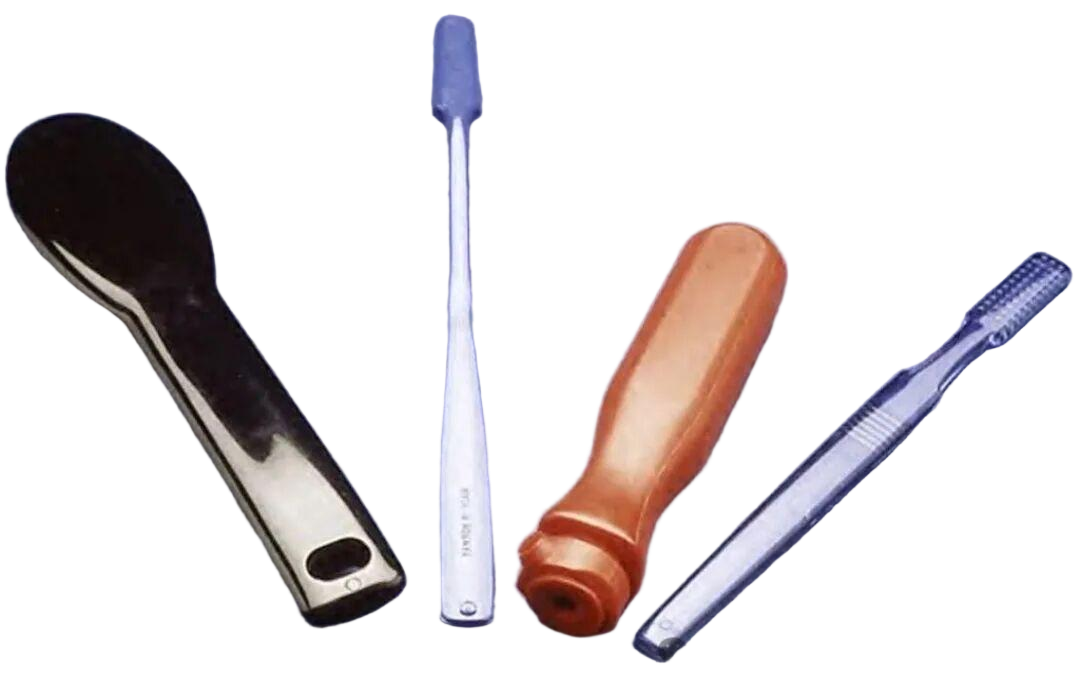In the automotive sector, plastic products manufactured through plastic injection molding not only need to have an aesthetically pleasing appearance but also must possess sufficient strength and meet their intended product function requirements. The molding material (plastic) is typically specified by the product designer. In plastic injection mold design, the choice of material significantly impacts the structural design of the mold. Not all plastic materials are suitable for plastic injection molding in molds. Different types of plastics and various part designs require distinct mold designs. For example, air ejection can be used for products made of polypropylene (PP), while for the same product made of polystyrene (PS), ejector pins are needed. When using a different plastic from the original design during injection molding, problems such as difficulties in filling and packing may occur. Adding fillers to plastics can enhance the strength of the product but will also affect the shrinkage rate. Fillers usually reduce the shrinkage rate. When the molding material differs from the one selected in the mold design, the dimensions of the product will be affected. Additionally, fillers may be abrasive and wear out mold parts faster than unfilled plastics. This influences the design and manufacture of the plastic injection mold. Therefore, mold parts that are prone to erosion should be easily replaceable when worn, and the use of steel with better wear resistance should be considered. This is of great importance for the gates of hot - runner molds and areas where hot, abrasive plastics flow at high speed over the molding surface. However, this abrasive effect can also occur in molds with cold - runner gates, which increases the mold cost. The gate location is crucial for the filling ability of the plastic injection mold. Some large cavities may require two or more gates to be filled correctly, which affects the mold cost of the hot - runner or cold - runner system. The gate location is also important because, to a large extent, it determines the orientation of plastic molecules within the molded product. Generally, the strength of plastics in the flow direction is greater than that perpendicular to the flow direction. Near the gate, when the plastic flows in all directions, the strength is relatively low, which can be compared to the low strength at the weld line. Thus, if maximum longitudinal strength is required in an elongated product, the gate should be designed near the end of the product, as shown in Figure 1. Thin - walled products, which are common in the automotive industry, are particularly vulnerable to this strength difference. This is because in products with a thinner wall thickness, the plastic melt cools faster and does not allow the molecules to randomly rearrange to obtain better strength in all directions as in thick - walled products. In thick - walled products, the plastic between the cooled outer layers remains at a high temperature for a longer time, enabling the inner core of the plastic to have time to rearrange. Figure 1: Elongated product, design the gate at or near the end to obtain strength in the length direction. Understanding the importance of the gate location is vital in plastic injection mold design. It may be easier to design the gate at a position where the shortest runner length (either cold - runner or hot - runner) can be achieved, but this may result in lower product strength, especially for elongated products like those shown in Figure 1, which are subjected to bending forces during use. There are other issues that affect the gate location: - The gate needs to be hidden or recessed so that any protruding gate marks do not harm (scratch) the users of the product. This is particularly important for medical - grade plastic products, and it also applies to some plastic products in the automotive industry. - Protruding gate marks may also affect the pasting of paper labels. - Some protruding gate marks are protected with gate rings to enhance strength, usually at the bottom of large containers, as shown in Figure 2. Figure 2: Gate protection ring, which can improve the impact resistance of plastic products.



